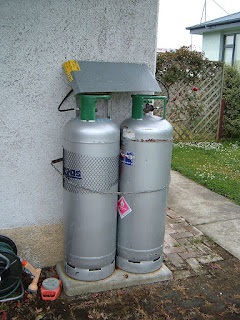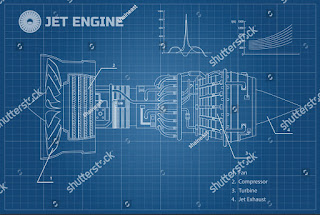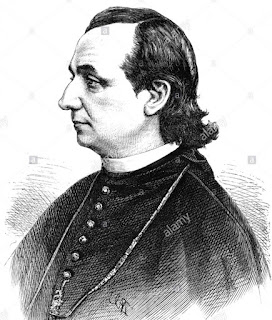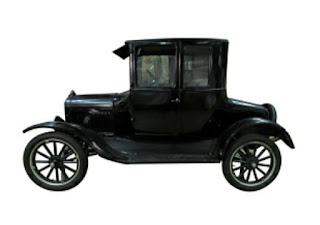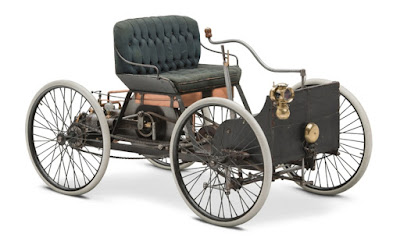LPG
LPG:Introduct of LPG
Liquefied rock oil gas or liquid rock oil gas (LPG or platter gas), additionally remarked as merely fuel or alkane, square measure ignitable mixtures of organic compound gases used as fuel in heating appliances, cooking equipment, and vehicles.
It is progressively more used as an aerosol propellants and a refrigerant substitutions chlorofluorocarbons in a trial to cut back injury to the layer.
When specifically used as a vehicle fuel it's typically remarked as autogas.
Varieties of LPG bought and sold embody mixes that square measure principally fuel (C3H8), mostly butane (C4H10), and most typically, mixes as well as each fuel and alkane.
In the hemisphere winter, the mixes contain a lot of fuel, whereas in summer, they contain more butane.In the United States, mainly two grades of LPG are sold: commercial propane and HD-5.
These specifications square measure printed by the Gas Processors Association (GPA) and also the yank Society of Testing and Materials (ASTM).
Propane/butane blends also are listed in these specifications.
Propylene, butylenes and numerous different hydrocarbons square measure sometimes additionally gift in little concentrations. HD-5 limits the quantity of gas that may be placed in LPG to five, associated is used as an auto gas specification.
A powerful odorant, ethanethiol, is supplemental in order that leaks is detected simply. The internationally recognized European Standard is EN 589. In the u. s., tetrahydrothiophene or amy mercaptan also are approved odorants,though neither is presently being utilised.
LPG is ready by purification crude oil or "wet" fossil fuel, and is sort of entirely derived from fuel sources, being factory-made throughout the purification of crude oil (crude oil), or extracted from crude oil or fossil fuel streams as they emerge from the bottom.
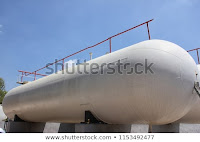 |
It was first produced in 1910 by Dr. Walter Selling, and also the 1st business product appeared in 1912. It presently provides regarding three-d of all energy consumed, and burns comparatively cleanly with no soot and really few sulfur emissions.
As it may be a gas, it doesn't cause ground or pollution hazards, however it will cause pollution. LPG contains a typical specific hot worth of 46.1 MJ/kg compared with 42.5 MJ/kg for oil and 43.5 MJ/kg for premium grade gasoline (gasoline).
However, its energy density per cubic measure of 26 MJ/L is under either that of gasoline or oil, as its density is lower (about 0.5–0.58 kg/L, compared to 0.71–0.77 kg/L for gasoline).
As its boiling purpose is below temperature, LPG can evaporate quickly at traditional temperatures and pressures and is sometimes provided in pressurized steel vessels.
They are generally stuffed to 80–85% of their capability to permit for thermal enlargement of the contained liquid. The magnitude relation between the volumes of the volatilized gas and also the liquefied gas varies betting on composition, pressure, and temperature, however is often around 250:1.
The pressure at that LPG becomes liquid, known as its pressure, likewise varies betting on composition and temperature; for instance, it's some 220 kilopascals (32 psi) for pure butane at 20 °C (68 °F), and some 200 kilopascals (320 psi) for pure fuel at 55°C (131 °F).
LPG is heavier than air, unlike natural gas, and thus will flow along floors and tend to settle in low spots, such as basements. There are two main dangers from this. The first may be a attainable explosion if the mixture of LPG associated air is at intervals the explosive limits and there's an ignition supply.
The second is suffocation because of LPG displacing air, inflicting a decrease in atomic number 8 concentration.
A "full" LPG cylinder contains eighty fifth liquid, the indefinite quantity volume can contain vapour at a pressure that varies with temperature.
LPG:USE OF LPG
LPG has a very wide variety of uses, mainly used for cylinders across many different markets as an efficient fuel container in the agricultural, recreation, hospitality, industrial, construction, sailing and fishing sectors. It will function fuel for change of state, heating plant and to water heating and could be a notably efficient and economical thanks to heat off-grid homes.
Cooking
LPG is employed for change of state in several countries for economic reasons, for convenience or as a result of it's the popular fuel supply.
In India, nearly 8.9 million loads of LPG was consumed within the six months between Gregorian calendar month and September 2016 within the domestic sector, chiefly for change of state.
 |
| Lpg gas cylinder |
The number of domestic connections area unit 215 million (i.e., one connection for every six people) with a circulation of more than 350 million LPG cylinders.
Most of the LPG requirement is imported. Piped town gas provide in Republic of India isn't nonetheless developed on musical mode.
LPG is subsidized by the Indian government for domestic users.
Increase in LPG costs has been a politically sensitive matter in Republic of India because it probably affects the center category option pattern.
LPG was once a customary change of state fuel in Hong Kong; but, the continued expansion of town gas to newer buildings has reduced LPG usage to less than 24% of residential units.
However, apart from electrical, induction, or infrared stoves, LPG-fueled stoves are the only type available in most suburban villages and many public housing estates.
LPG is that the most typical change of state fuel in Brazilian urban areas, being used in virtually all households, with the exception of the cities of Rio de Janeiro and São Paulo, which have a natural gas pipeline infrastructure.
Since 2001, poor families receive a government grant ("Vale Gás") used completely for the acquisition of LPG. Since 2003, this grant is a component of the govt main financial aid program ("Bolsa Família").
Also, since 2005 the national company Petrobras differentiates between LPG destined for change of state and LPG destined for different uses, active a cheaper price for the previous.
This is a results of a directive from Brazilian central, however its death is presently being debated.
LPG is usually utilized in North America for domestic change of state and out of doors broil.
LPG:Convers to gasoline
LPG can be converted into alkylate which is a premium gasoline blending stock because it has exceptional anti-knock properties and gives clean burning.
LPG: GLOBAL LPG PRODUCTION
Global LPG production reached over 292 million metric tons/yr in 2015, whereas world LPG consumption to over 284 mn t/yr. 62 of LPG is extracted from fossil fuel whereas the rest is created by the organic compound refineries from crude 400 and 40 yards of worldwide consumption is within the domestic sector. The USA is that the leading producer and businessperson of LPG
LPG: Comparison with natural gas
LPG consists primarily of gas and fuel, whereas gas consists of the lighter methane series and alkane series.
LPG, volatilised and at gas pressure, incorporates a higher hot worth (46 MJ/m 30.8 kWh/m3) than gas (methane) (38 MJ/m3 cherish 10.6 kWh/m3), which implies that LPG cannot merely be substituted for gas.
In order to permit the utilization of identical burner controls and to produce for similar combustion characteristics, LPG can be mixed with air to produce a synthetic natural gas (SNG) that can be easily substituted.
LPG/air combining ratios average 60/40, though this is widely variable based on the gases making up the LPG.
The method for determinative the blending ratios is by calculative the Wobbe index of the combo. Gases having identical Wobbe index area unit control to be interchangeable.
LPG-based SNG is used in emergency backup systems for many public, industrial and military installations, and many utilities use LPG peak shaving plants in times of high demand to make up shortages in gas provided to their distributions systems.
LPG-SNG installations also are used throughout initial facility introductions, when the distribution infrastructure is in place before gas supplies can be connected.
Developing markets in Asian country and China (among others) use LPG-SNG systems to make up client bases before increasing existing gas systems.
LPG-based SNG or gas with localized storage and piping distribution network to the house holds for line of work to every cluster of 5000 domestic shoppers is planned beneath initial phase of city gas network system.
This would eliminate the walk LPG cylinders road transport that may be a reason behind traffic and safety hurdles in Indian cities.
 |
| LPG pump |
These localized gas networks area unit with success in operation in Japan with practicableness to urge connected to wider networks in each villages and cities.
LPG:ENVIRONMENTAL EFFECT
Commercially accessible LPG is presently derived chiefly from fossil fuels. Burning LPG releases carbon dioxide, a greenhouse gas.
The reaction also produces some carbon monoxide. LPG does, however, release less CO2 per unit of energy than does coal or oil. It emits 81% of the CO2 per kWh made by oil, 70% of that of coal, and less than 50% of that emitted by coal-generated electricity distributed via the grid.
Mixture of propane and butane, LPG emits less carbon per joule than gas however additional carbon per joule than gas.
LPG burns additional cleanly than higher mass hydrocarbons as a result of it releases fewer particulates.


